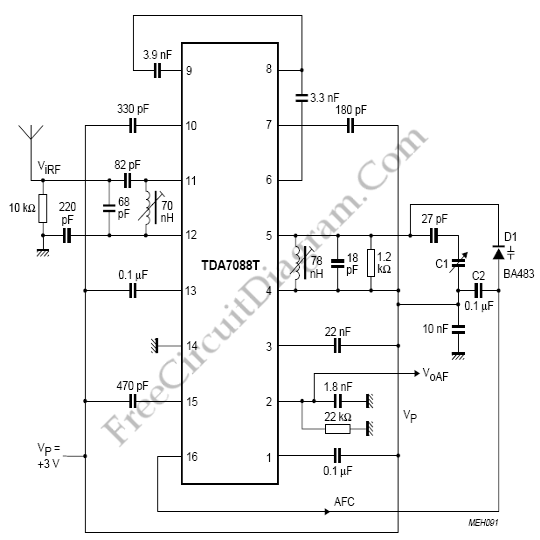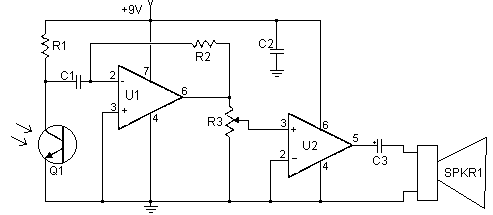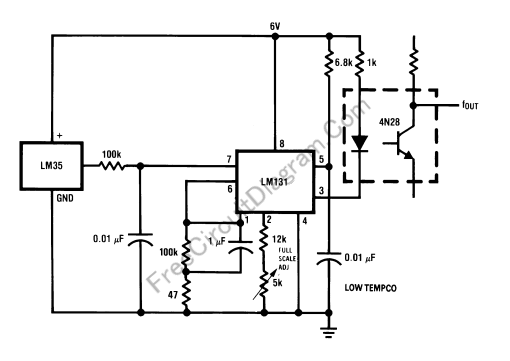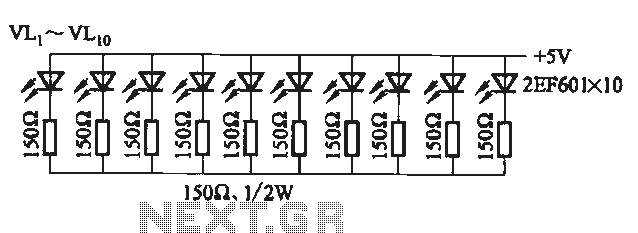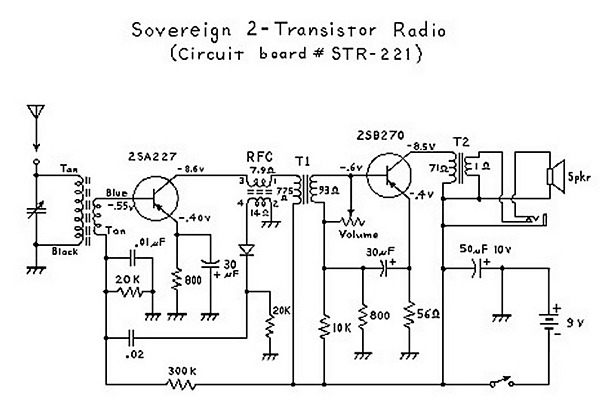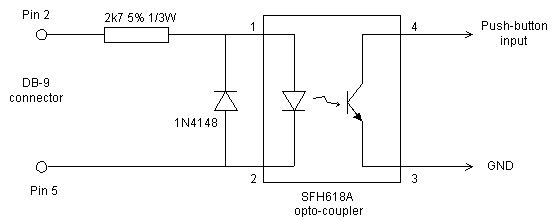
Tuned Radio Frequency (TRF) Receiver
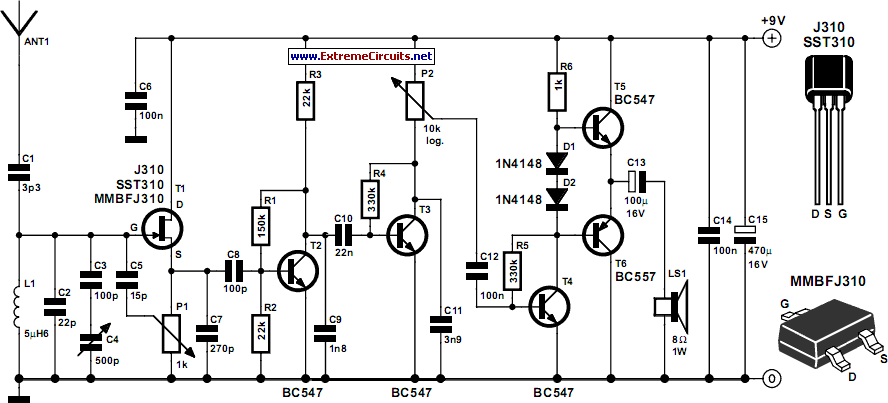
Superheterodyne receivers have been mass-produced since around 1924, but for reasons of cost did not become successful until the 1930s.
Superheterodyne receivers represent a pivotal advancement in radio technology, characterized by their ability to convert high-frequency signals into lower intermediate frequencies (IF) for easier processing. The fundamental operation of a superheterodyne receiver involves mixing the incoming radio frequency (RF) signal with a locally generated oscillator signal to produce the IF. This process allows for improved selectivity and sensitivity, as the IF can be amplified and filtered more effectively than the original RF signal.
The architecture of a typical superheterodyne receiver includes several key components: an antenna, a radio frequency amplifier, a mixer, a local oscillator, an intermediate frequency amplifier, and a demodulator. The antenna captures the RF signals, which are then amplified by the RF amplifier to enhance the signal strength. The mixer combines the amplified RF signal with the output from the local oscillator, creating the IF signal, which is usually at a fixed frequency, allowing for uniform processing of various RF inputs.
The local oscillator is crucial as it determines the frequency to which the incoming signal will be shifted. This frequency can be adjusted to tune into different stations. The IF amplifier further boosts the IF signal, improving the signal-to-noise ratio before it is demodulated to retrieve the original audio or data content.
Superheterodyne receivers are widely used in various applications, including AM and FM radio, television, and two-way communication systems. Their ability to handle a wide range of frequencies and provide high-quality reception makes them a popular choice in modern electronic communication systems. The evolution of superheterodyne technology has led to the development of more sophisticated designs, incorporating digital signal processing techniques to enhance performance and functionality.Superheterodyne receivers have been mass-produced since around 1924, but for reasons of cost did not become successful until the 1930s. Before the second.. 🔗 External reference
Superheterodyne receivers represent a pivotal advancement in radio technology, characterized by their ability to convert high-frequency signals into lower intermediate frequencies (IF) for easier processing. The fundamental operation of a superheterodyne receiver involves mixing the incoming radio frequency (RF) signal with a locally generated oscillator signal to produce the IF. This process allows for improved selectivity and sensitivity, as the IF can be amplified and filtered more effectively than the original RF signal.
The architecture of a typical superheterodyne receiver includes several key components: an antenna, a radio frequency amplifier, a mixer, a local oscillator, an intermediate frequency amplifier, and a demodulator. The antenna captures the RF signals, which are then amplified by the RF amplifier to enhance the signal strength. The mixer combines the amplified RF signal with the output from the local oscillator, creating the IF signal, which is usually at a fixed frequency, allowing for uniform processing of various RF inputs.
The local oscillator is crucial as it determines the frequency to which the incoming signal will be shifted. This frequency can be adjusted to tune into different stations. The IF amplifier further boosts the IF signal, improving the signal-to-noise ratio before it is demodulated to retrieve the original audio or data content.
Superheterodyne receivers are widely used in various applications, including AM and FM radio, television, and two-way communication systems. Their ability to handle a wide range of frequencies and provide high-quality reception makes them a popular choice in modern electronic communication systems. The evolution of superheterodyne technology has led to the development of more sophisticated designs, incorporating digital signal processing techniques to enhance performance and functionality.Superheterodyne receivers have been mass-produced since around 1924, but for reasons of cost did not become successful until the 1930s. Before the second.. 🔗 External reference
